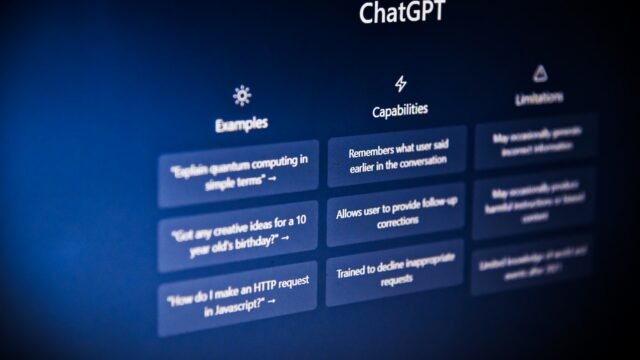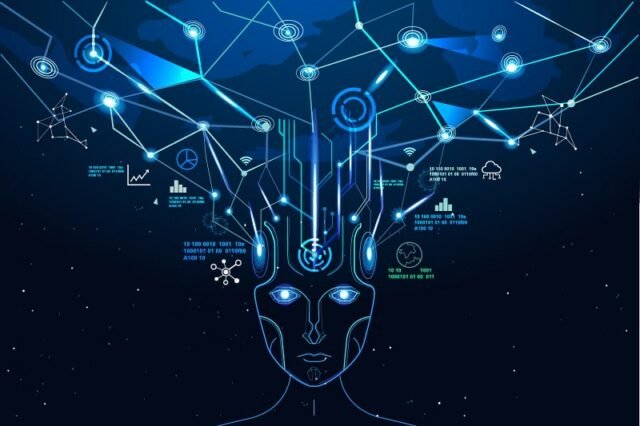ChatGPT AI 5: Unveiling the Next Generation Conversational AI Powerhouse
ChatGPT AI 5: Unveiling the Next Generation Conversational AI Powerhouse

Introducing ChatGPT AI 5
Artificial Intelligence has made revolutionary strides in the past decade, transforming the way we live and work. And now, OpenAI is proud to present its next big step in conversational AI — ChatGPT AI 5.
Conversational AI Powerhouse
ChatGPT AI 5 is the result of extensive research, innovation, and groundbreaking advancements in natural language processing. This new model is designed to exceed its predecessor in both capability and performance.
With ChatGPT AI 5, we’ve enhanced its ability to understand context, generate detailed responses, and provide accurate information on a wide range of topics. It excels in various conversational tasks, making it an invaluable tool for businesses, customer support, content creation, and more.
Benefits and Features
The fifth iteration of ChatGPT AI comes with a host of exciting benefits and features:
- Enhanced Contextual Understanding: ChatGPT AI 5 delves deep into the conversation, accurately interpreting user context and delivering more relevant responses.
- Improved Response Coherency: The model now generates coherent, context-aware replies, providing a more natural and engaging conversational experience.
- Expanded Knowledge Base: ChatGPT AI 5 has access to vast amounts of information, enabling it to provide answers and insights on a wide array of topics.
- Increased Robustness: The model has been further fine-tuned to handle ambiguous queries and adapt to varying linguistic styles, resulting in more reliable responses.
- Empowering Creativity: ChatGPT AI 5 can spark creative ideas, helping writers, designers, and artists find inspiration for their projects.
Applications and Use Cases
The applications of ChatGPT AI 5 are virtually limitless:
- Businesses can leverage ChatGPT AI 5 for automated customer support, reducing response times and improving customer satisfaction.
- Content creators can collaborate with ChatGPT AI 5 to generate fresh ideas, brainstorm content, or even proofread drafts.
- Researchers can utilize ChatGPT AI 5 to aid in their investigations, retrieve relevant information, and explore new avenues of knowledge.
- Students can use ChatGPT AI 5 as a learning companion, getting explanations, guidance, and answers to their academic queries.
Whatever your field or requirement, ChatGPT AI 5 adapts to your needs, becoming an indispensable tool in solving complex problems and enhancing productivity.
Experience the Future Now
OpenAI continues to push boundaries, revolutionizing the world of conversational AI. ChatGPT AI 5 is the culmination of our dedication to innovation and our mission to democratize access to powerful AI tools.
Don’t miss out on the chance to experience the future of conversation. Join us and be part of this AI revolution today!
For more information and to get started, visit openai.com/chatgpt-ai5


























